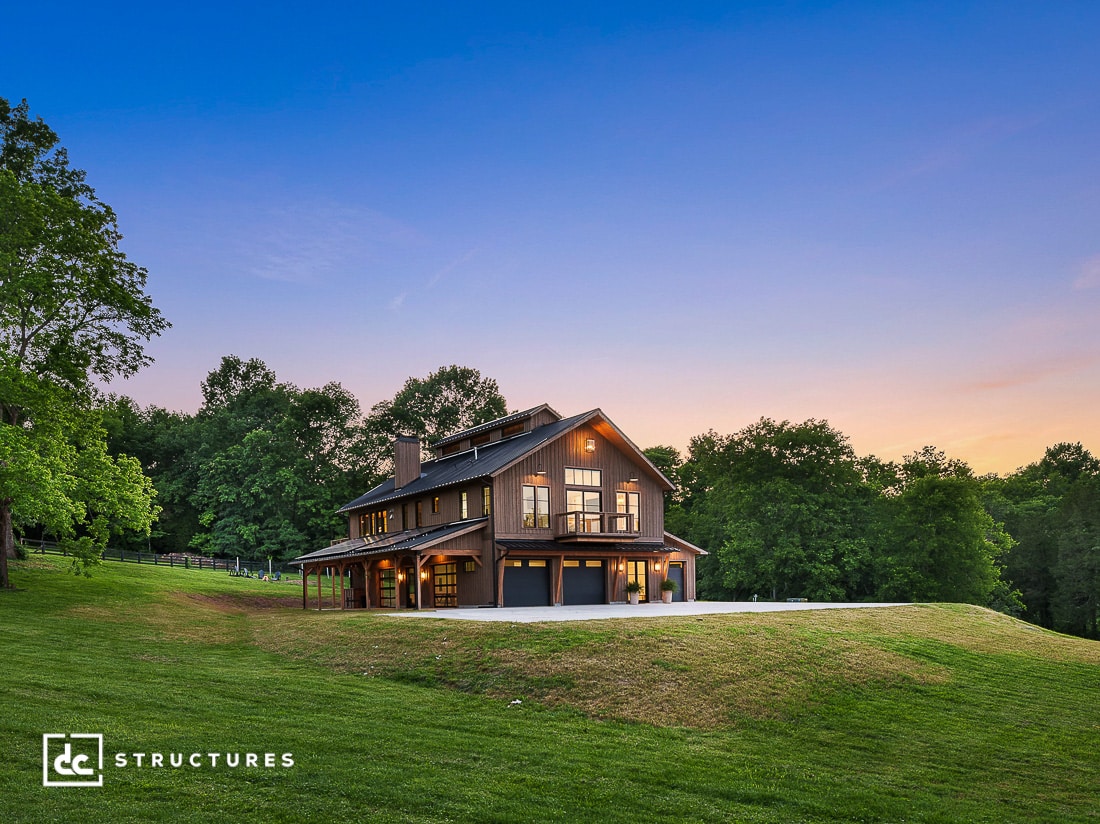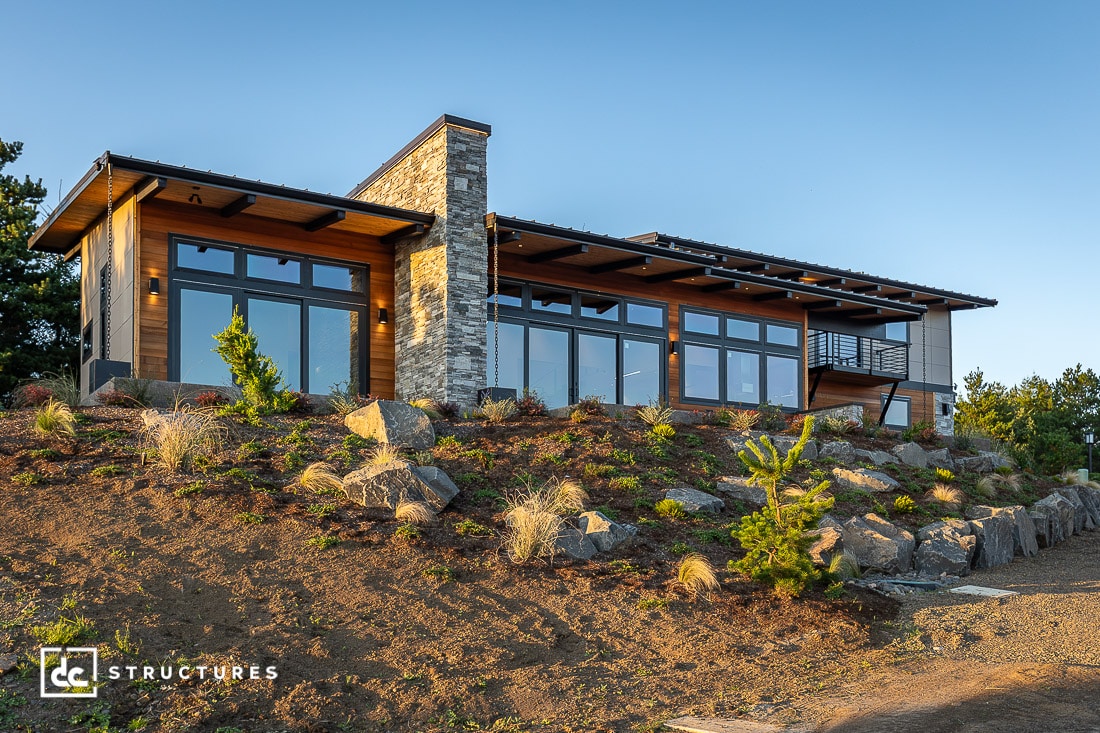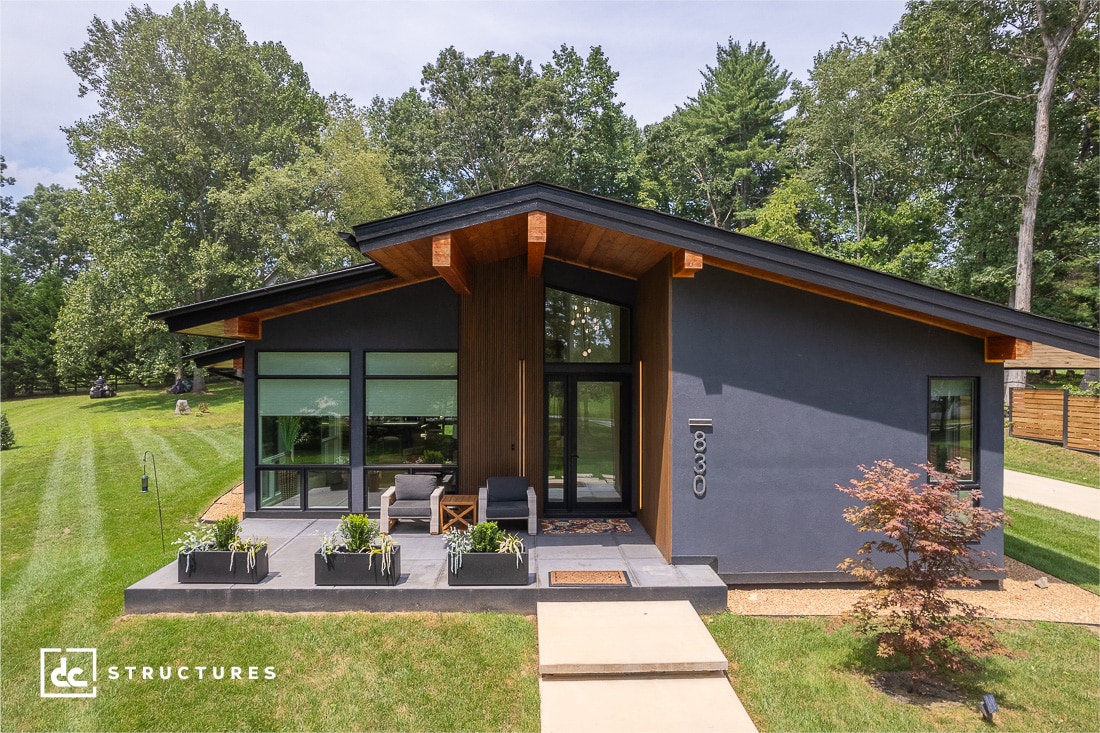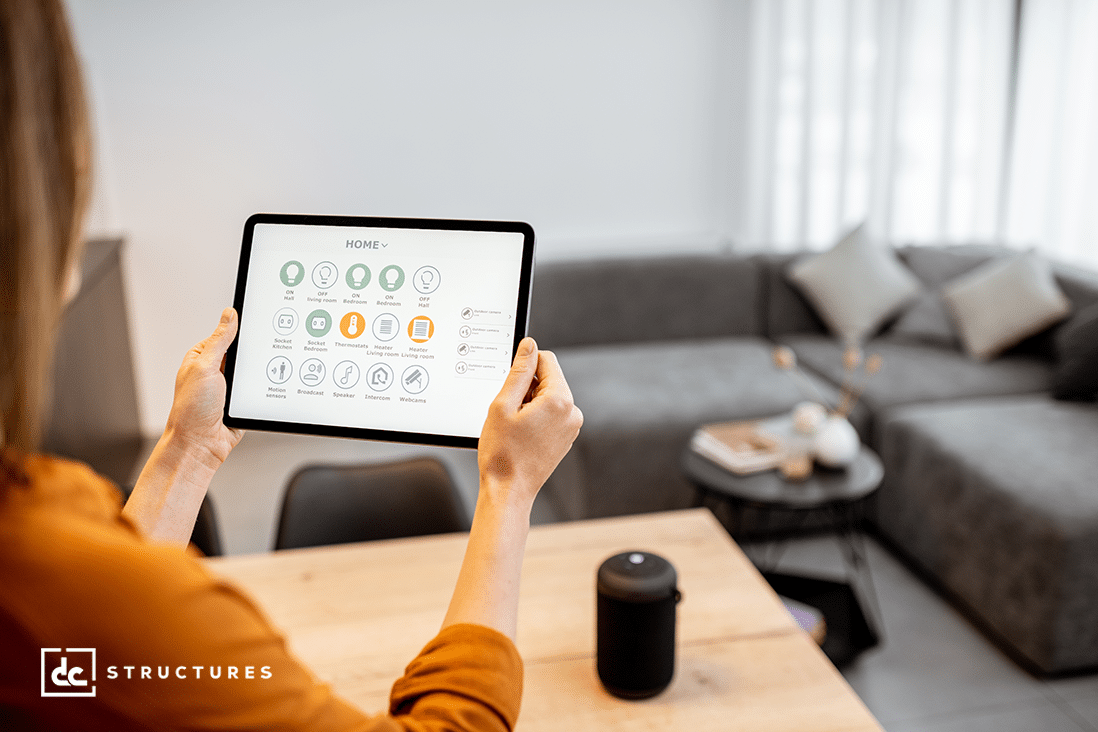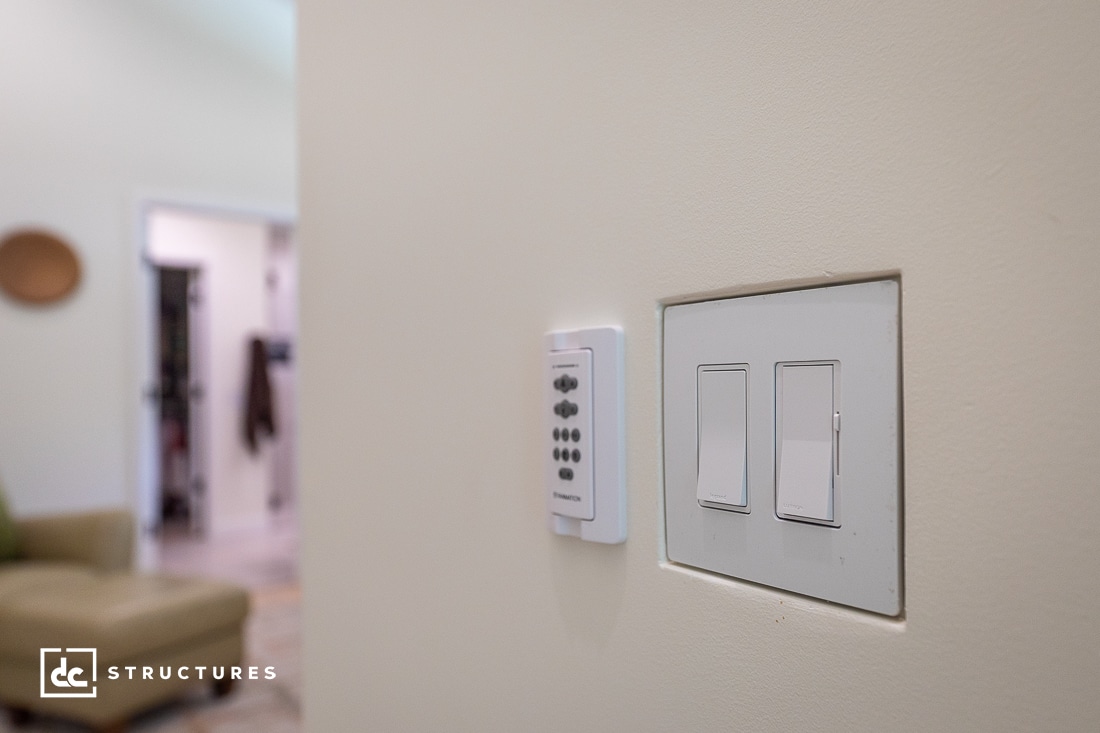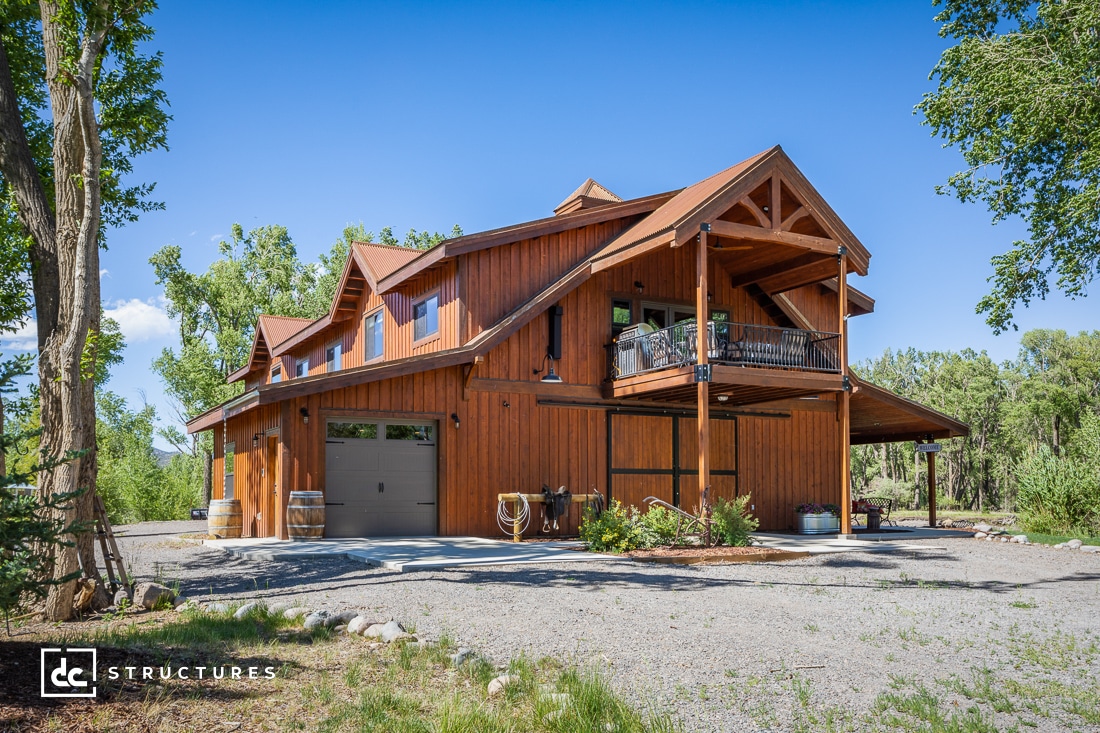As each year comes to a close, we like to spend some time reflecting on our growth, celebrating our wins, and considering how we can show up better—for our community, our clients, and ourselves. In 2025, we were incredibly fortunate to work alongside inspiring clients, trusted partners, and new team members who pushed us to dream bigger, work smarter, and raise the bar in everything we do.
We’re deeply grateful for the relationships and opportunities that shaped this past year, and we’re carrying that momentum into 2026 as we embrace a new year of possibility, exciting projects, and meaningful partnerships. As we move into the new year, here are a few intentions we’re committing to with purpose and care in the months ahead.
Growing Our Relationships
At DC, we value relationships above all else—whether with our clients, our team, our families, or the broader network around us. In 2026, we aim to strengthen the connections we’ve already built while cultivating new, meaningful relationships through consistency, compassion, and collaboration.
Trust is the foundation of every strong relationship, and it’s something we take seriously. By showing up reliably, listening closely, and investing our time and energy where it matters most, we hope to deepen these bonds and create lasting connections that make our work even more fulfilling.
Staying True to Our Word
Integrity has always been central to who we are, but in 2026, we’re doubling down on consistency as a defining pillar of our work. Whether it’s following through on small, everyday promises or supporting clients through life-altering challenges, we believe our words should always be matched by our actions.
Words matter—but the choices we make matter even more. As we move into the new year, we remain committed to honoring both, just as we always have and always will.
Embracing Failure as a Path to Innovation
Failure is never the goal, but it’s often a necessary part of growth. Every setback teaches us something new about our strengths, our processes, and where we can improve. In 2026, we’re choosing to view failure not as a roadblock, but as a learning opportunity.
Whether it comes from testing new technologies, refining systems, or trying a new approach, failure helps us evolve. At DC, innovation requires courage, and sometimes that means trying, learning, and ultimately coming back stronger.
Giving Back More Than We Take
Sustainability is no longer a trend; it’s a responsibility. In the year ahead, we’re committed to embedding sustainability into every aspect of our work, from the materials we source to the longevity and efficiency of the structures we build.
By prioritizing eco-friendly materials, investing in green technologies, and designing energy-efficient solutions for the future, we aim to ensure our impact is a positive and lasting one.
Looking Ahead
As we step into 2026, these resolutions serve as both a guide and a promise—to ourselves and to those we work with. We’re excited for what’s ahead and grateful for the people who continue to grow alongside us. Here’s to another year of building with intention, leading with integrity, and creating something meaningful together.
